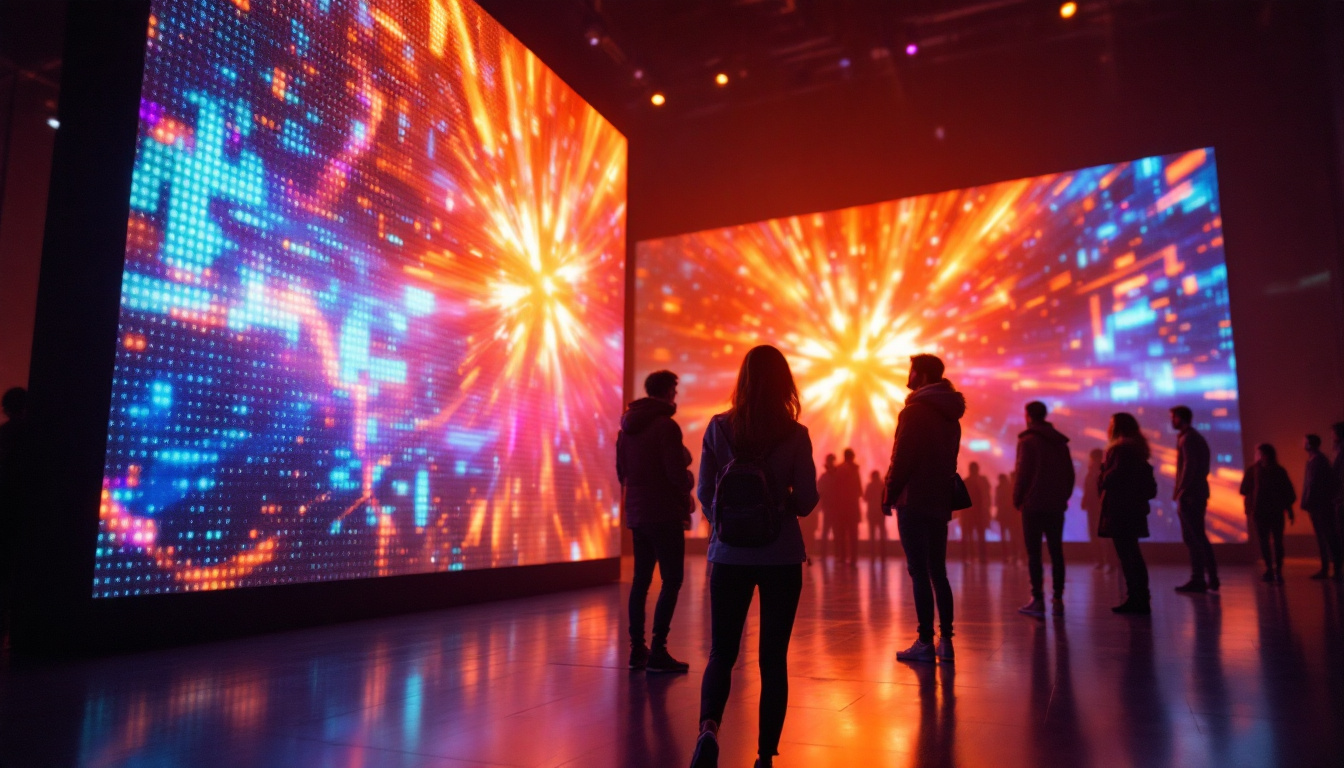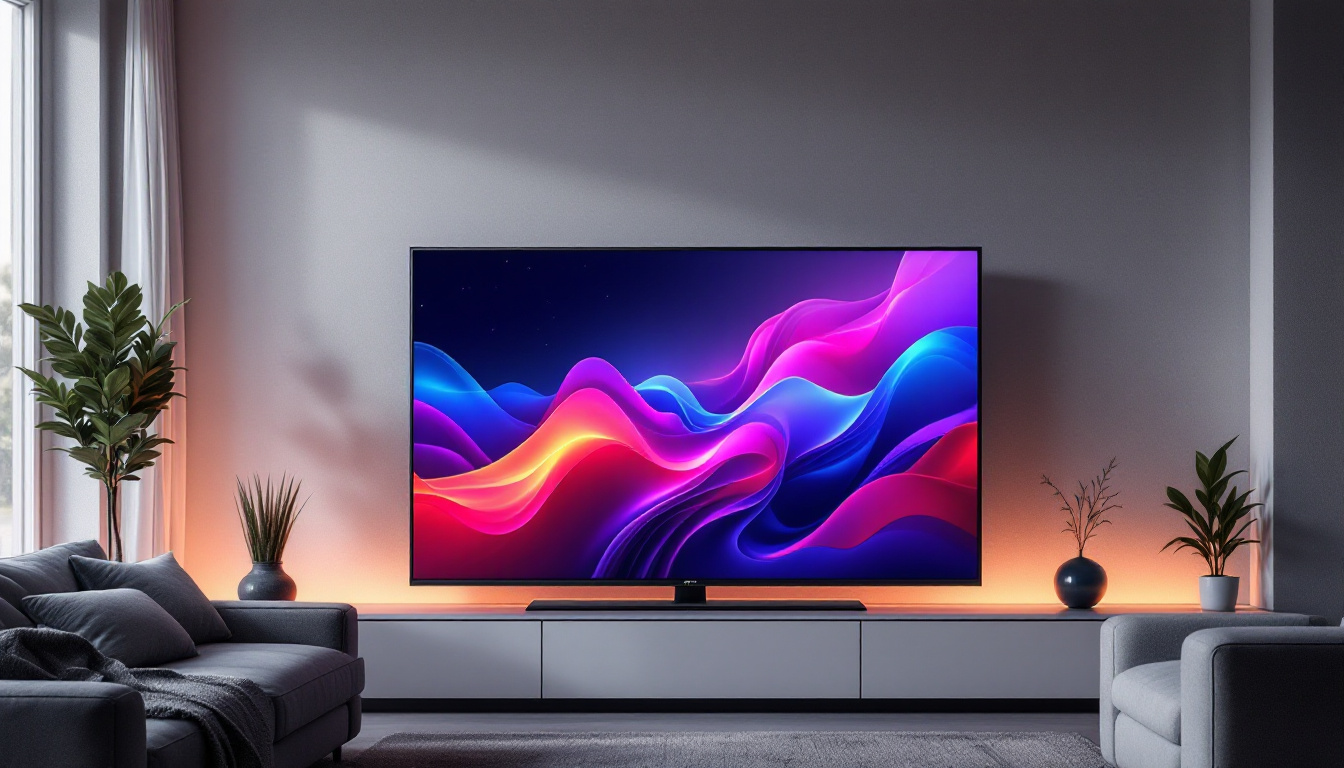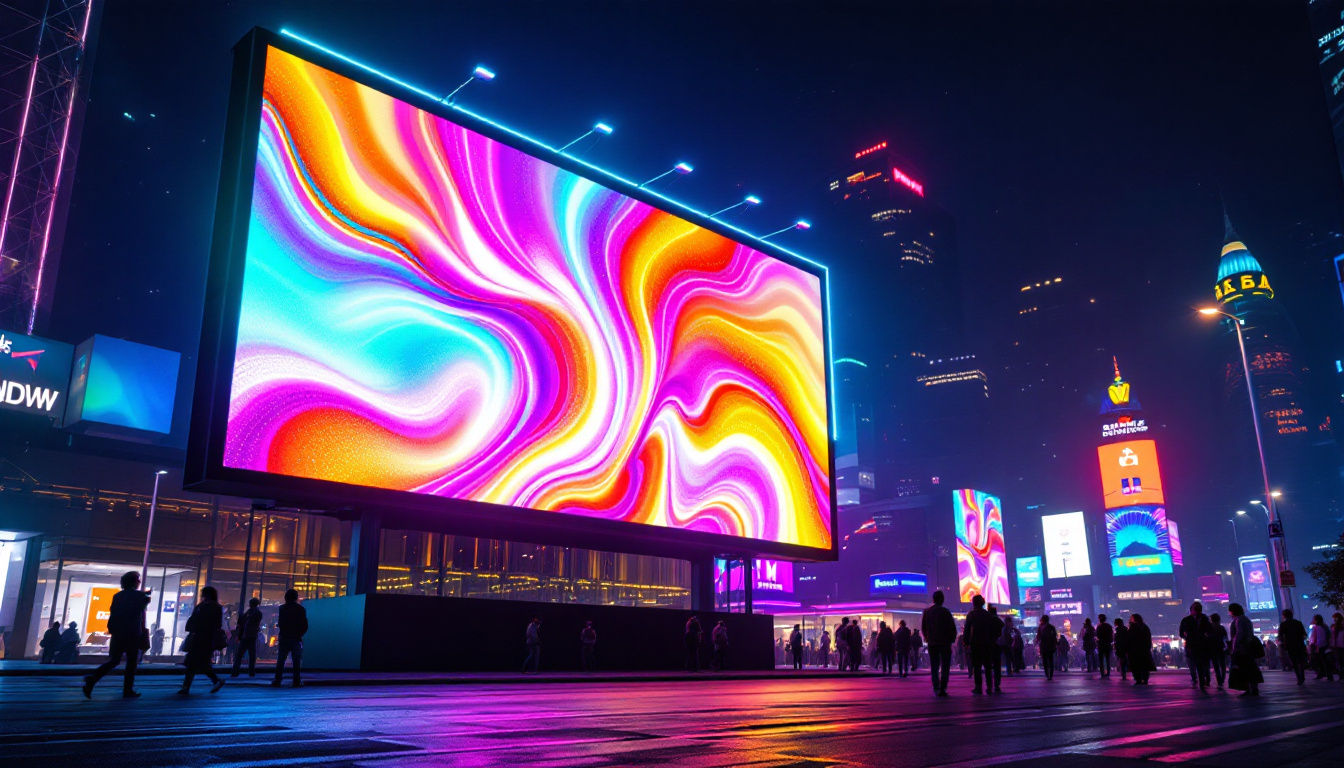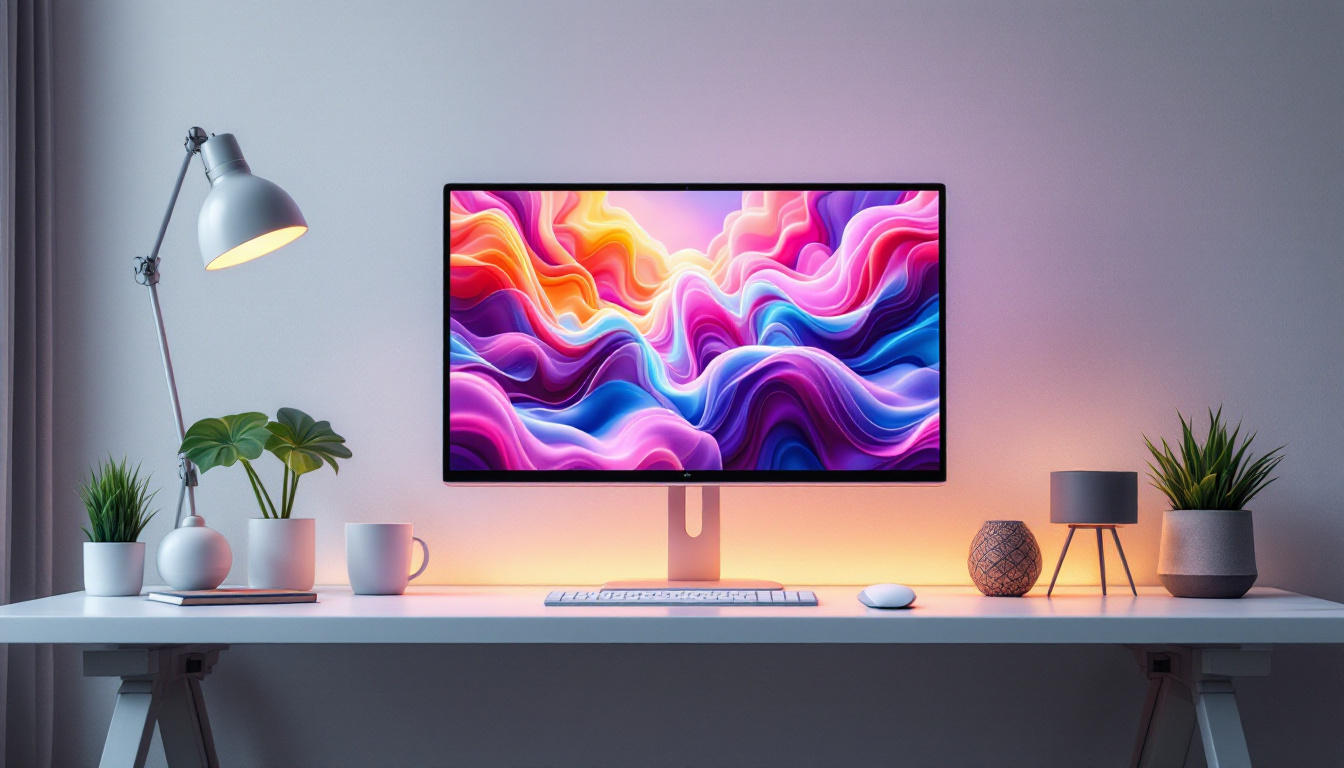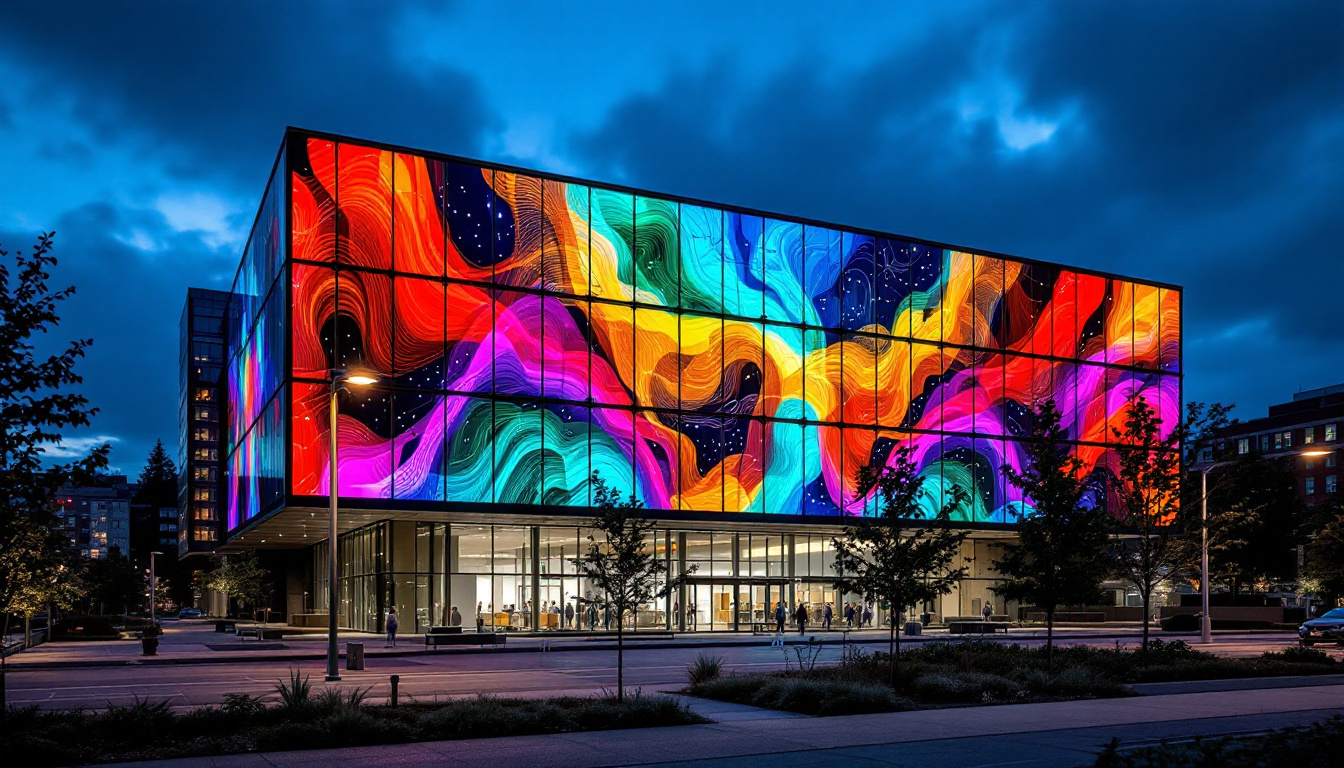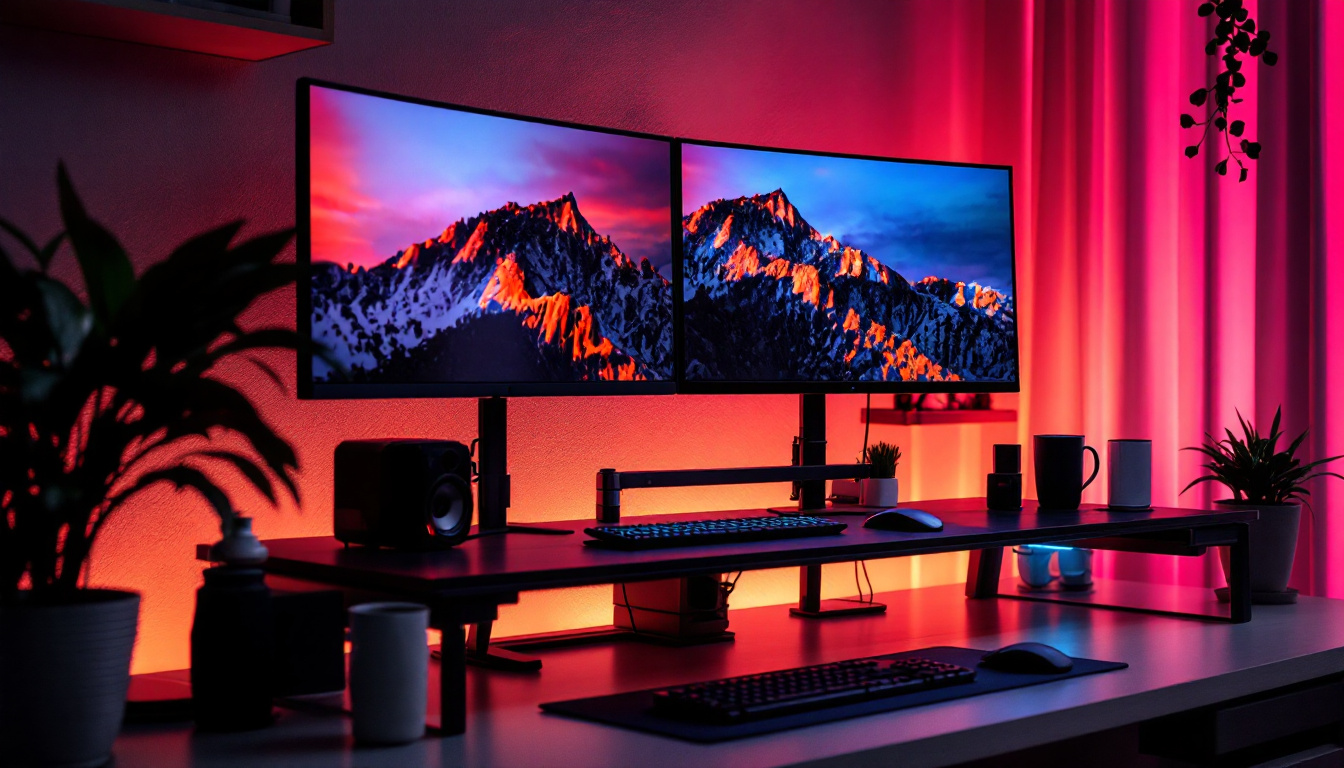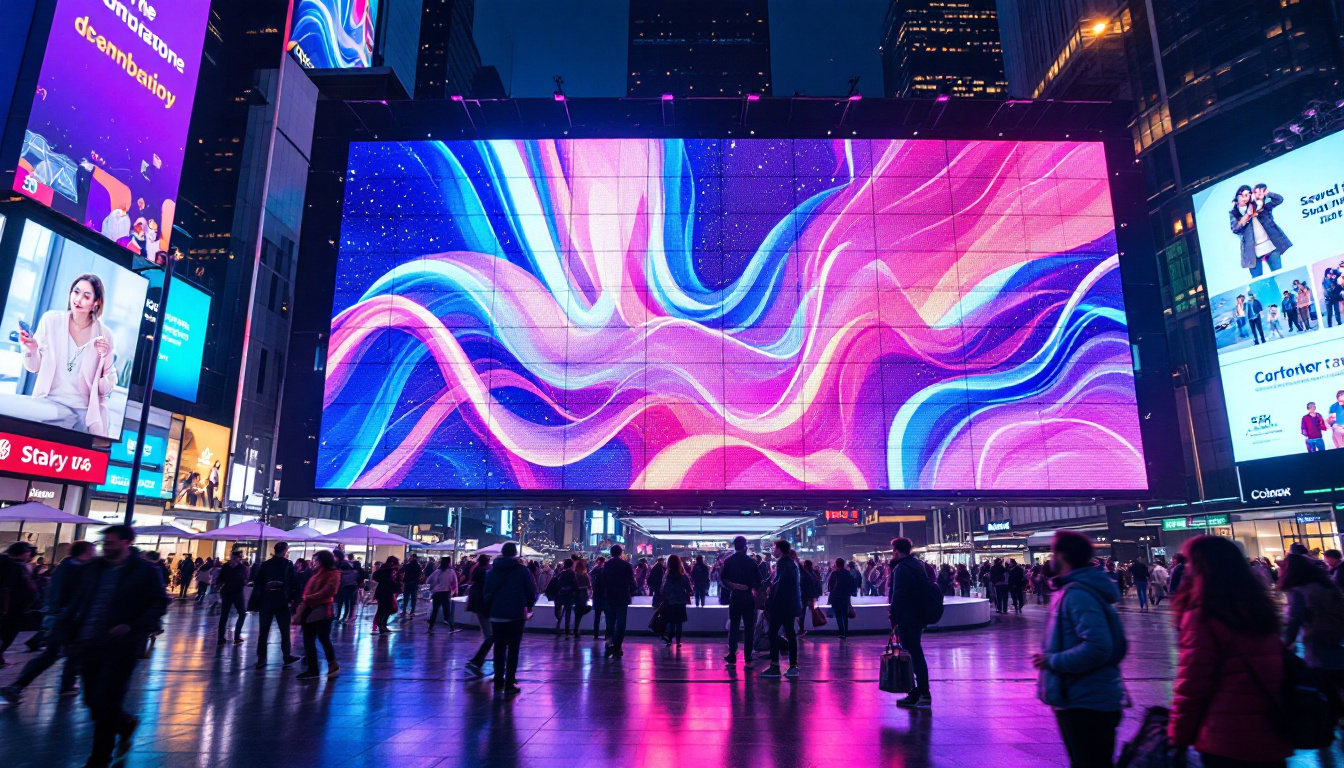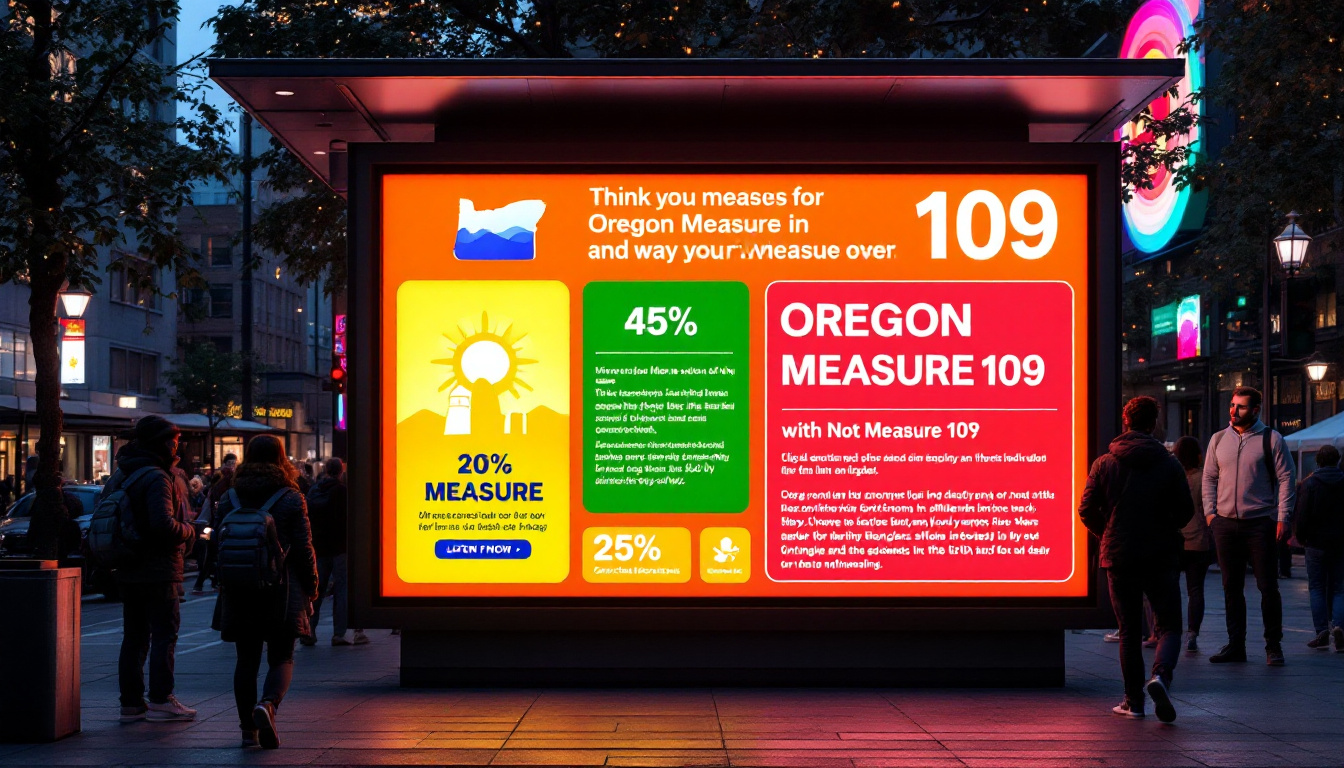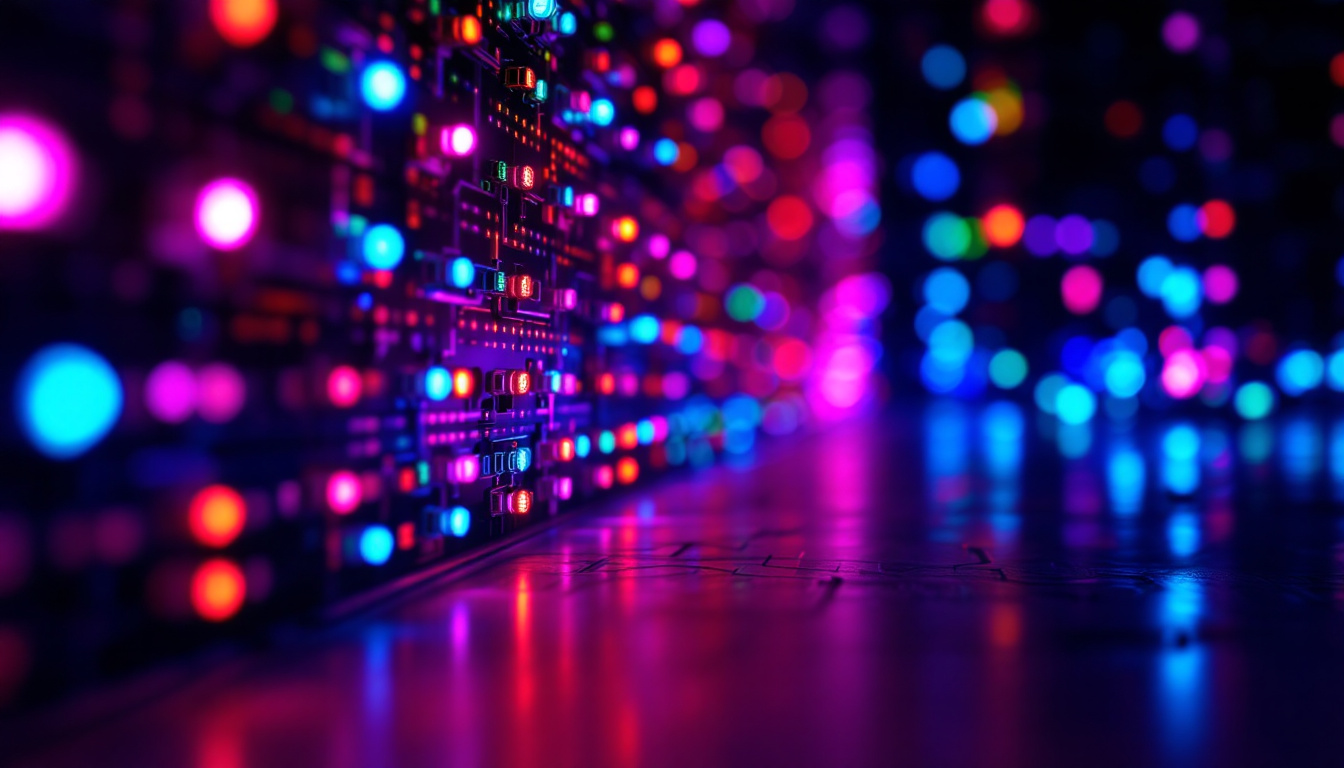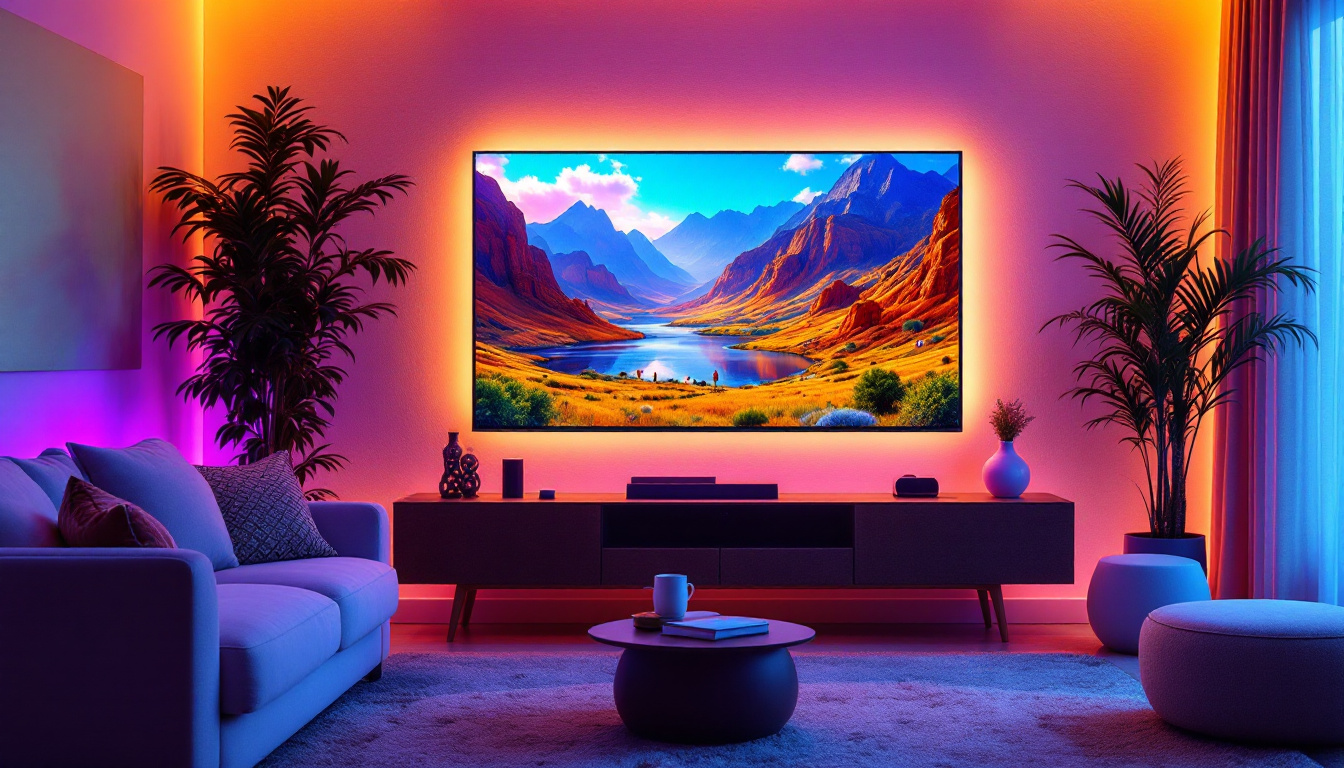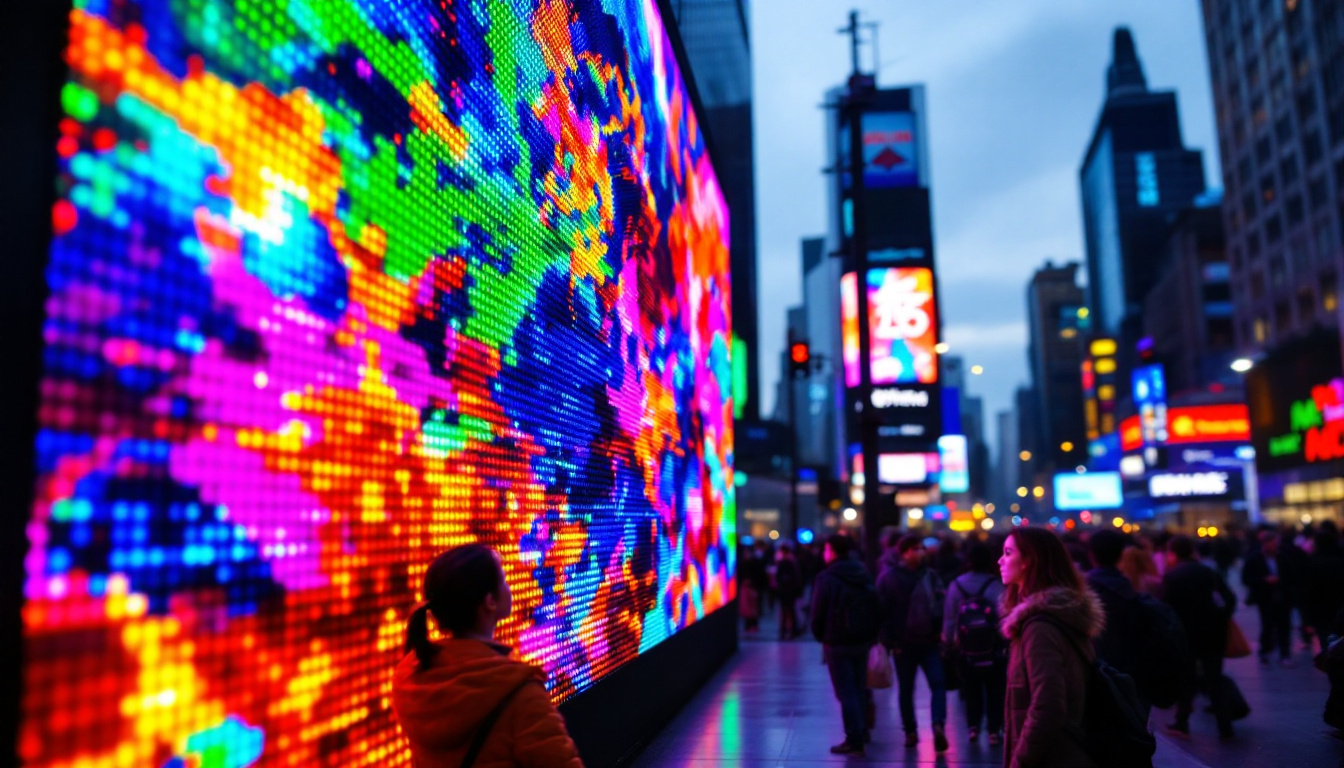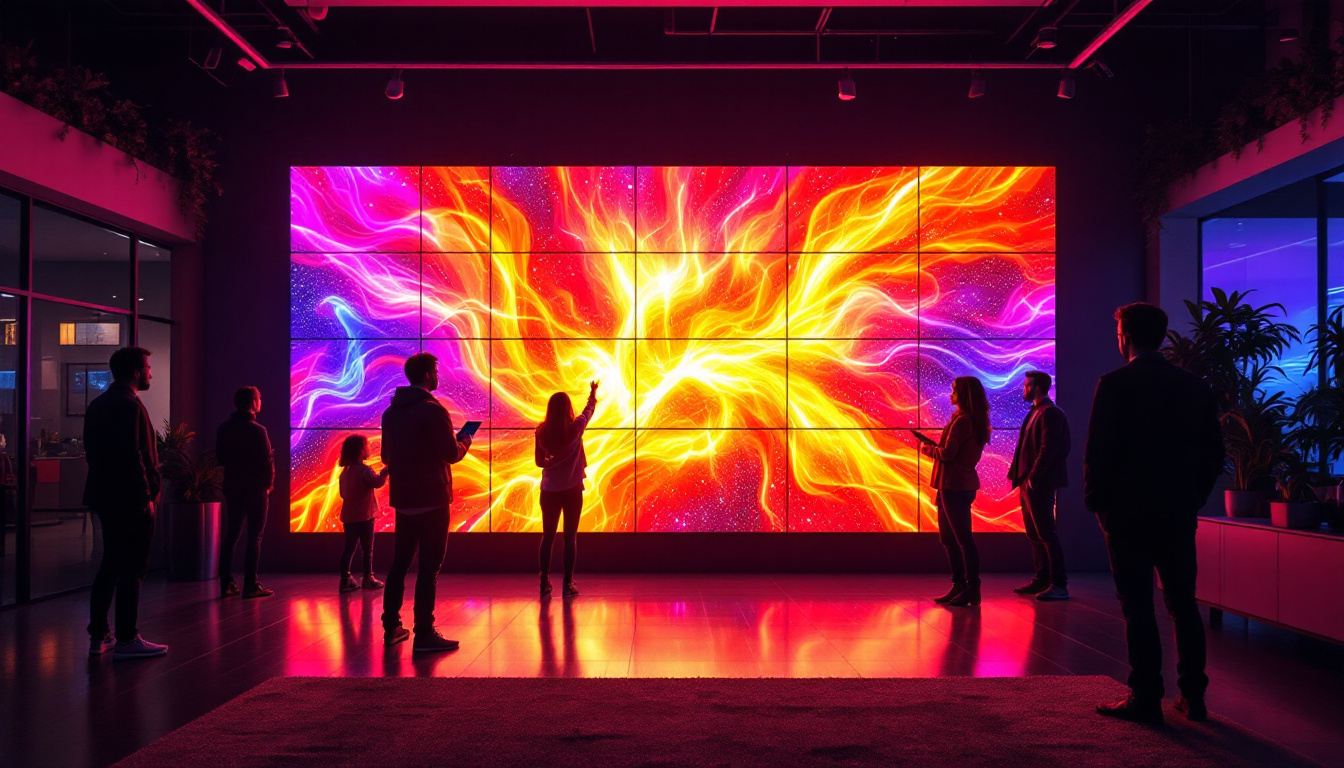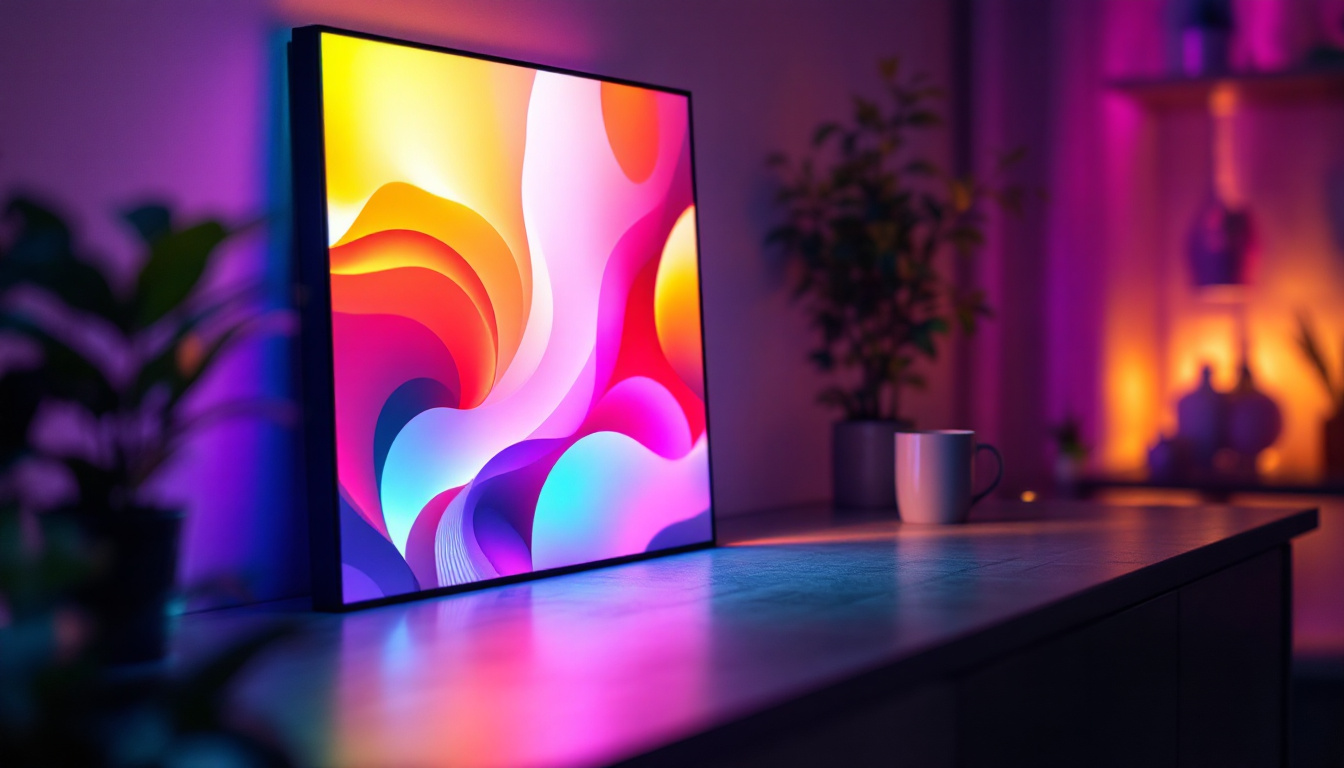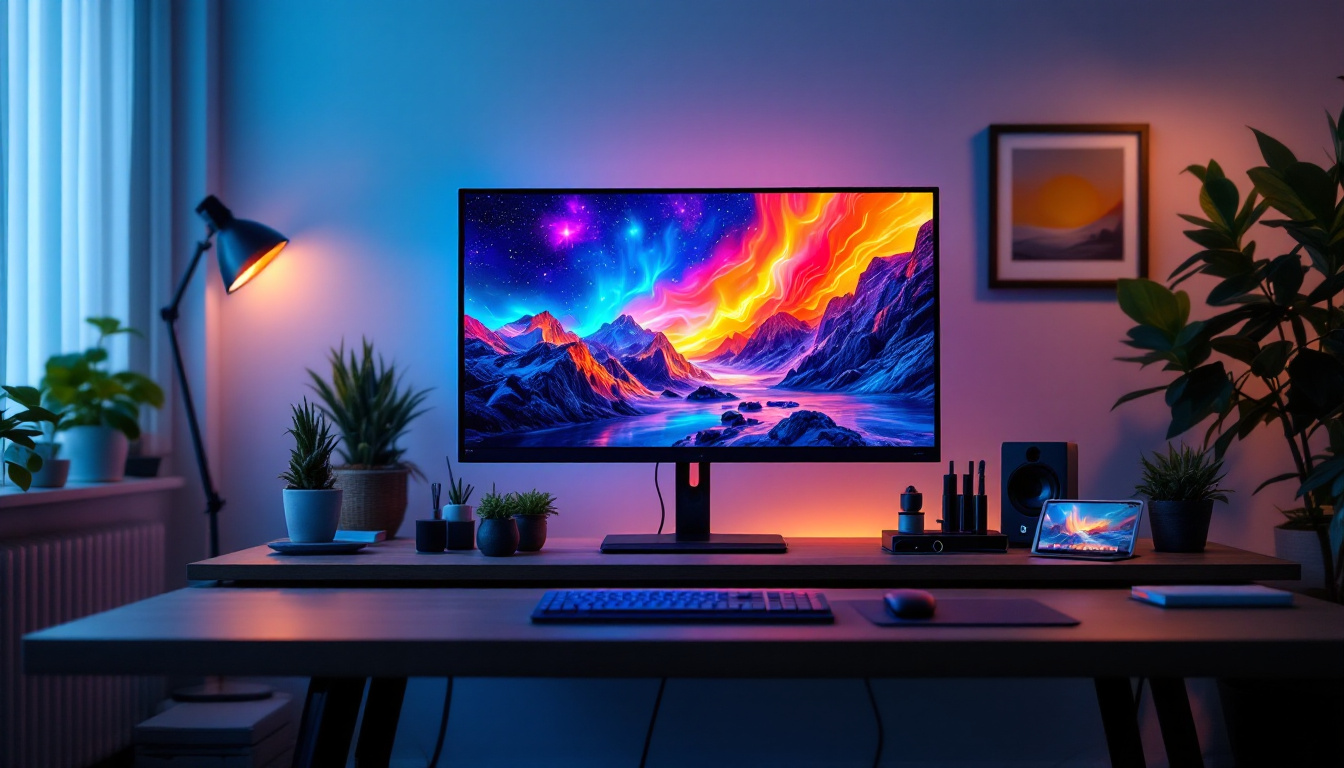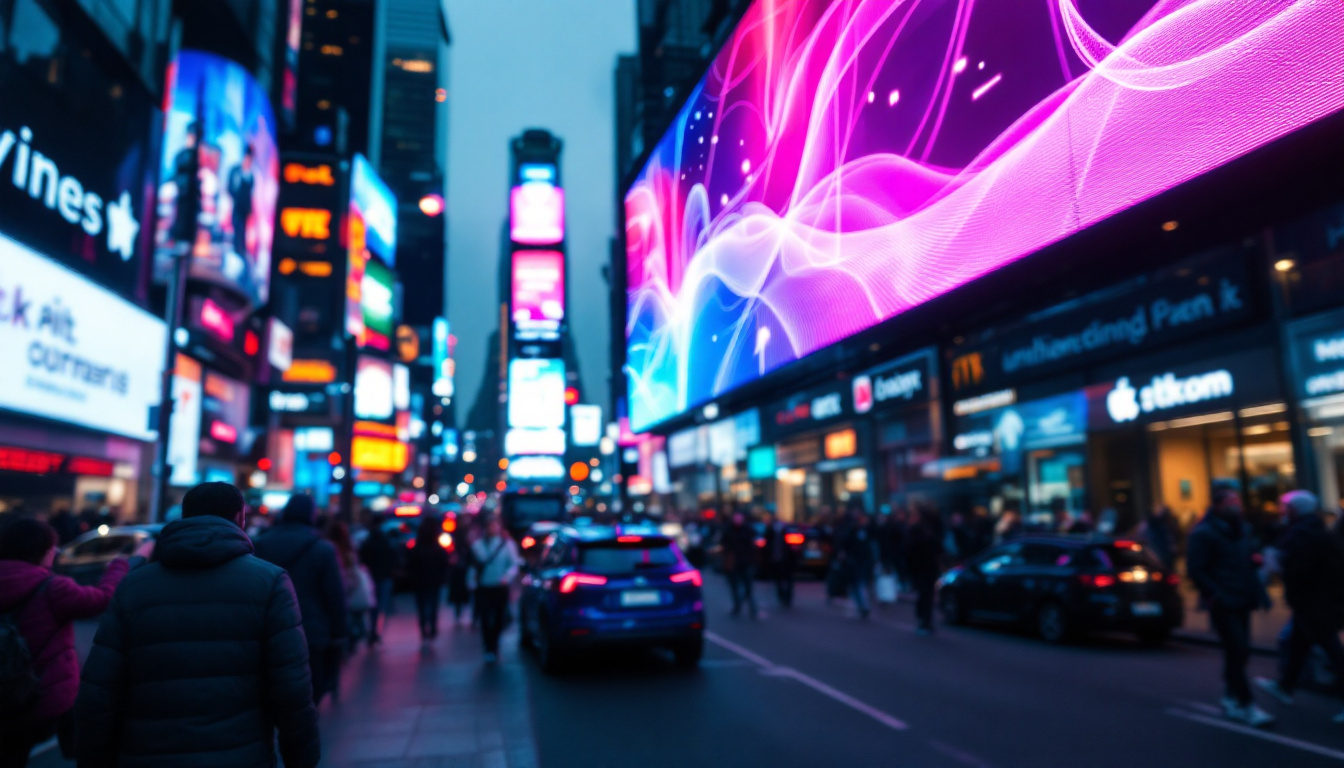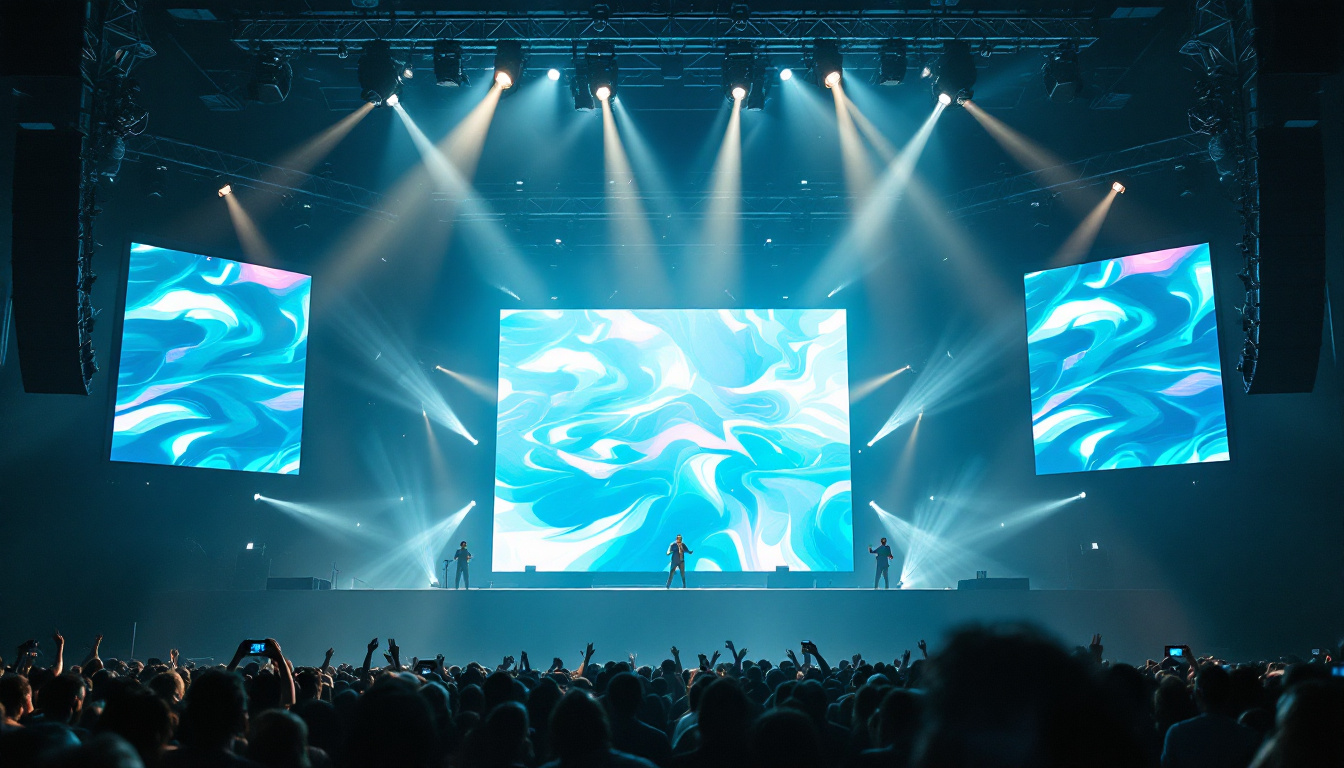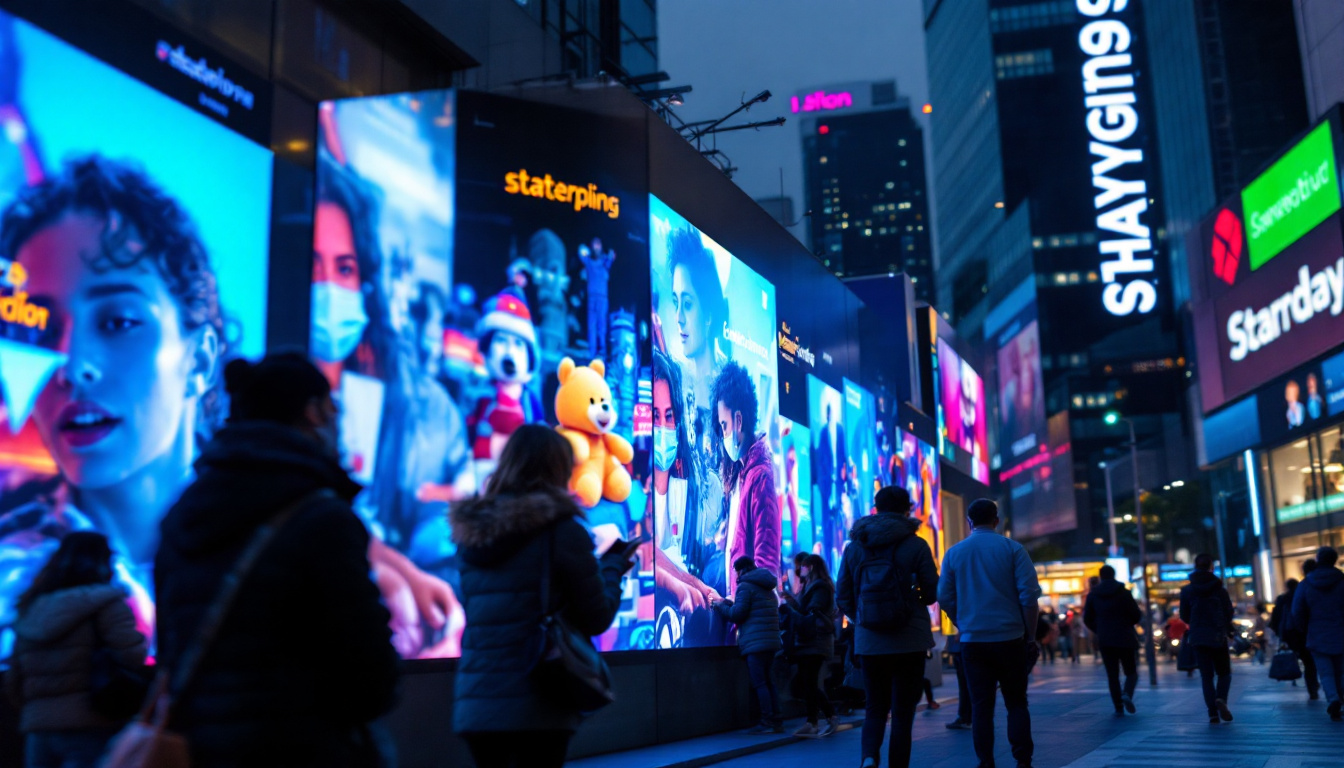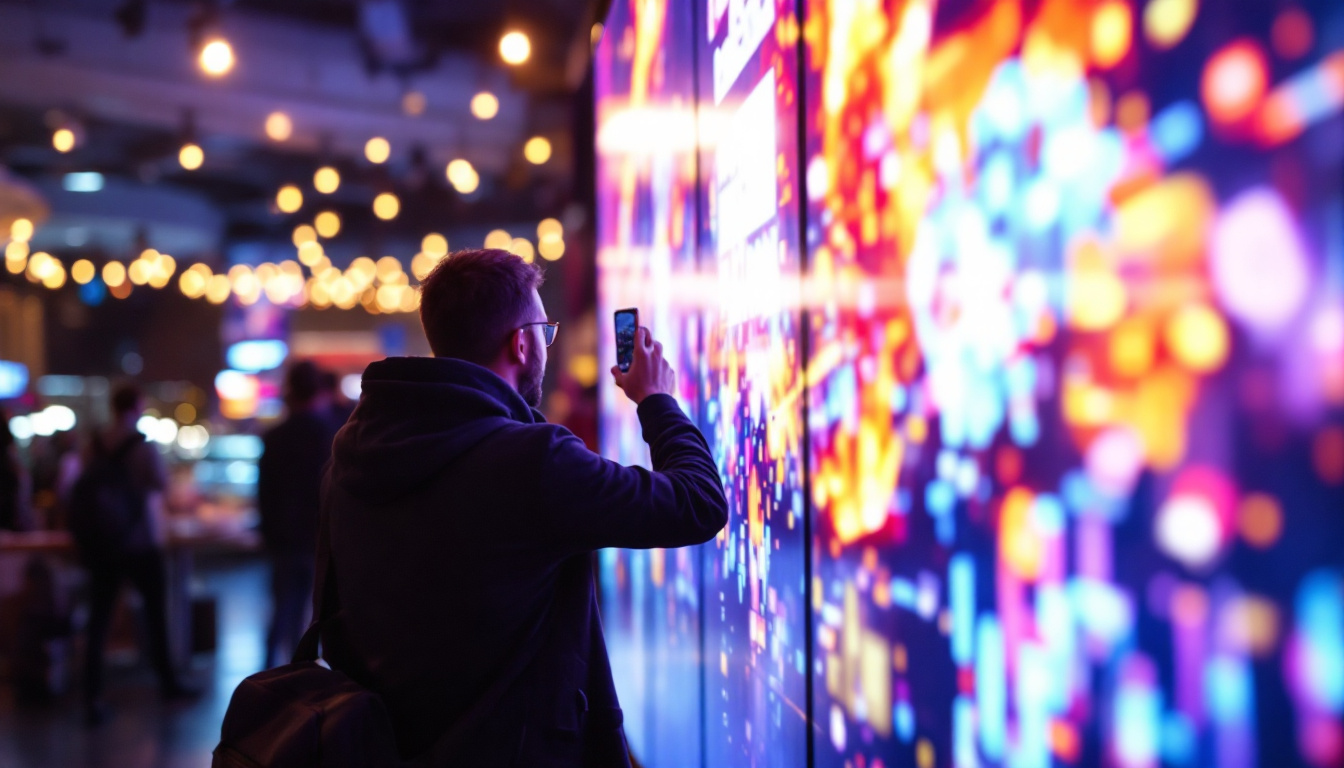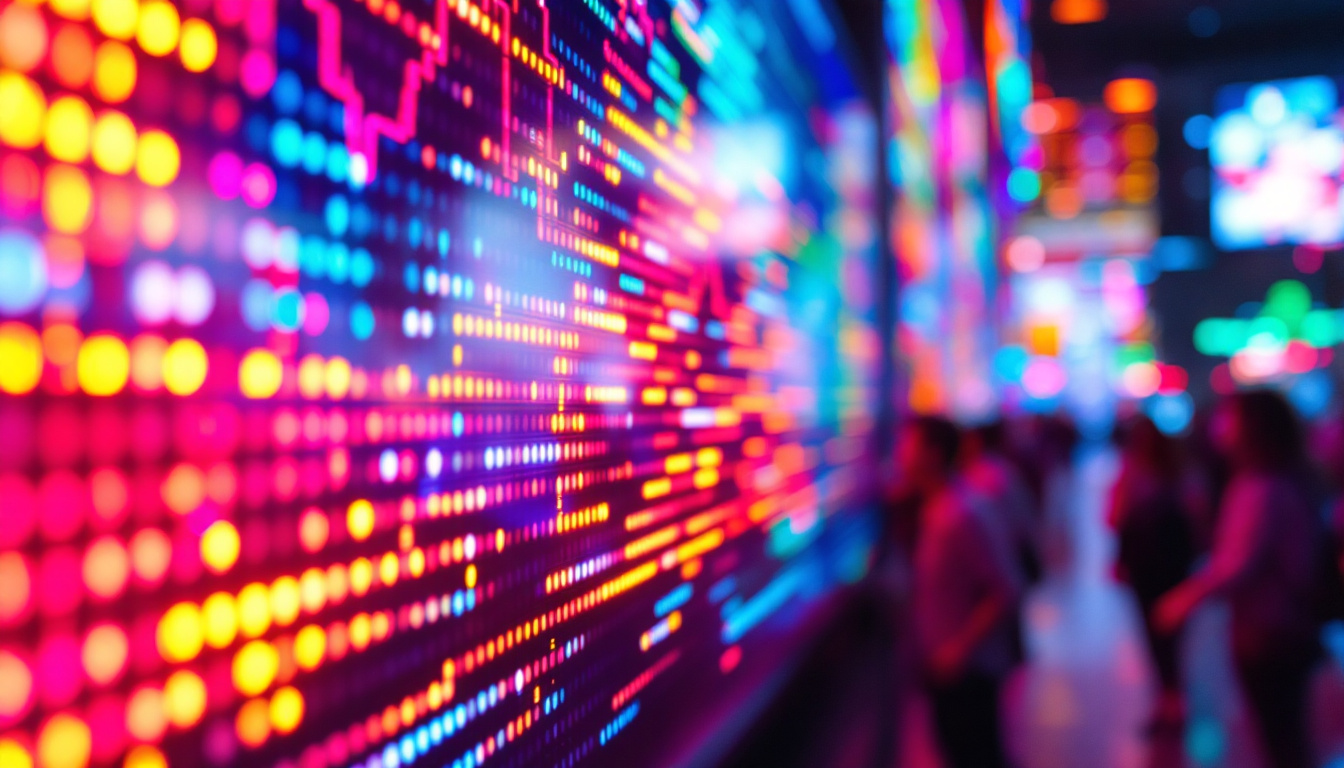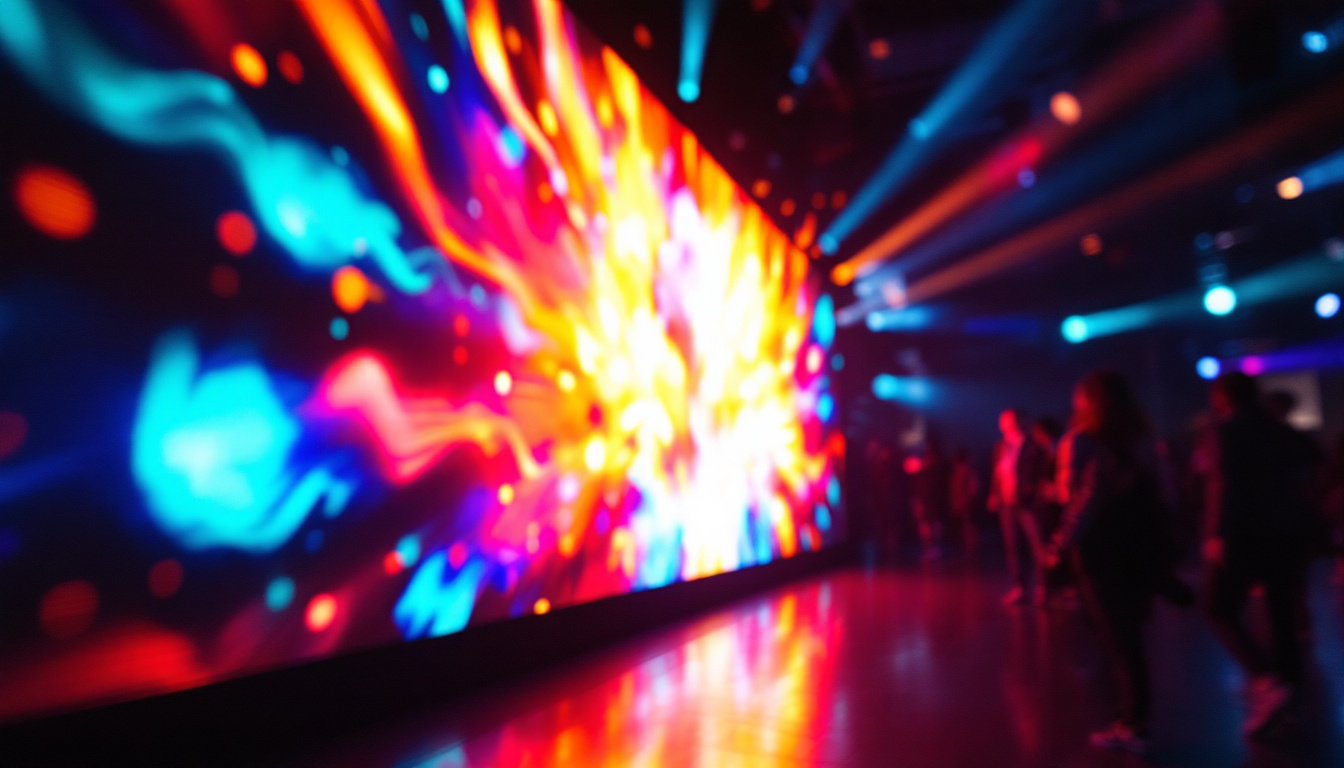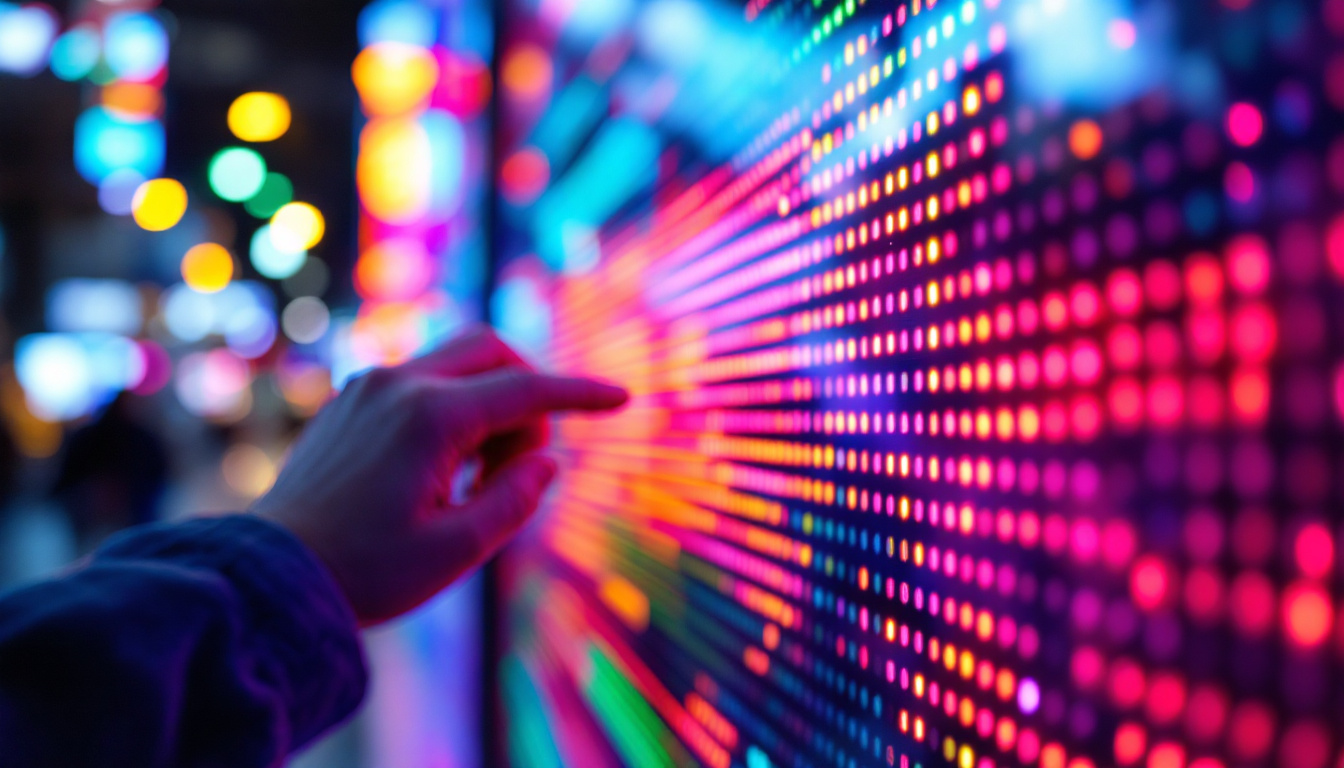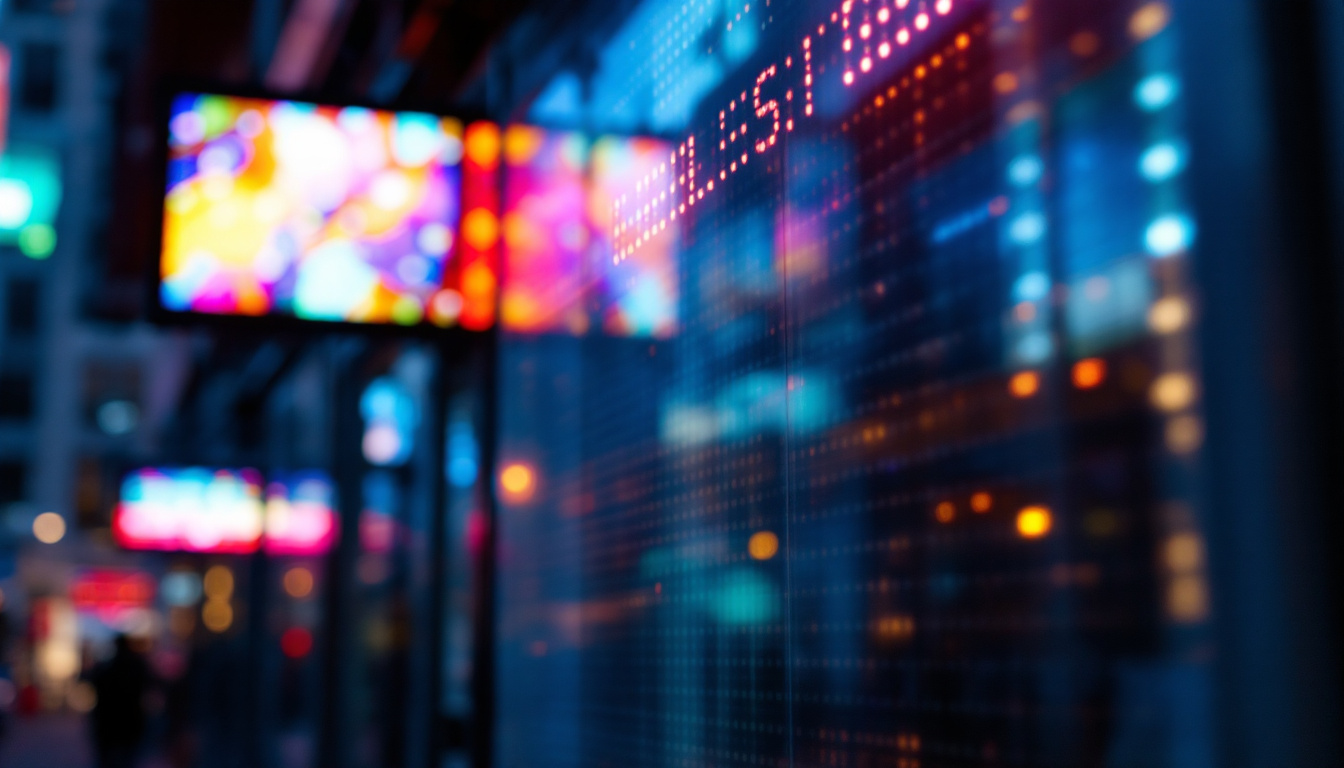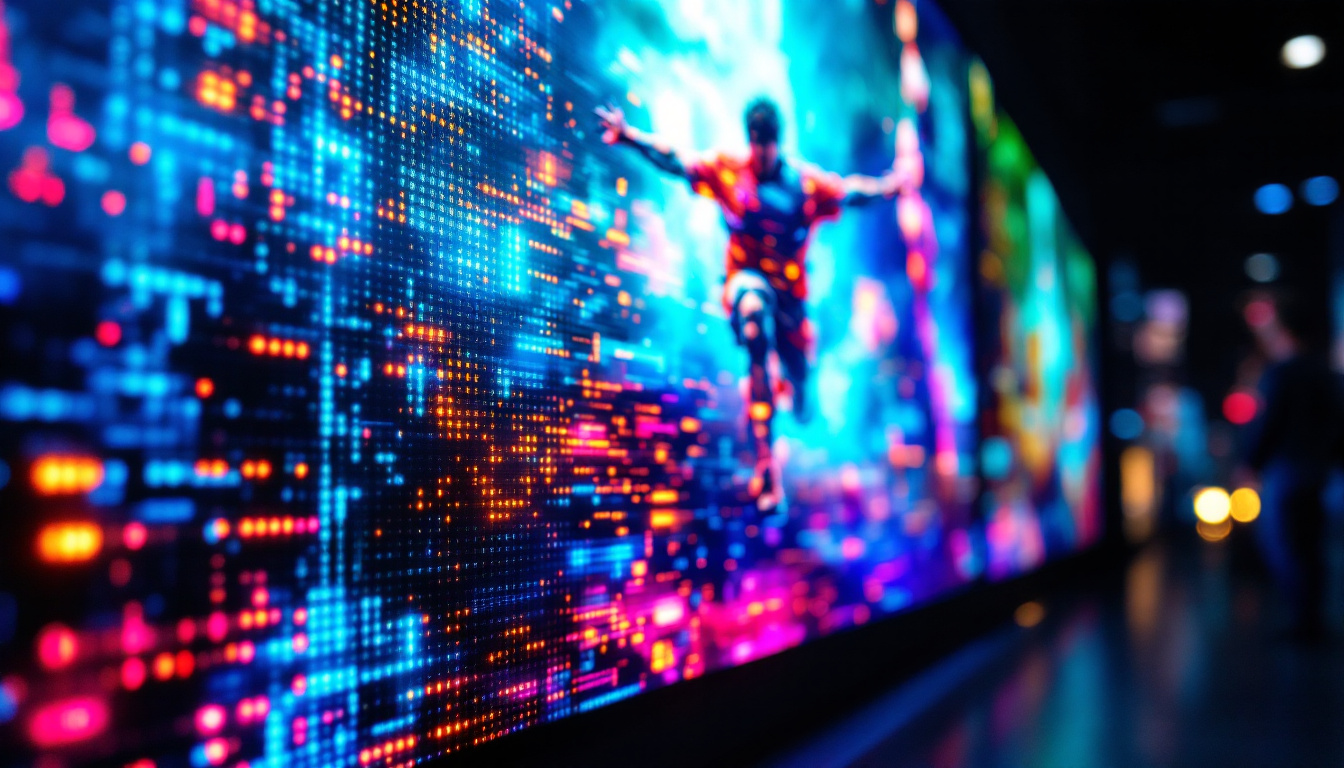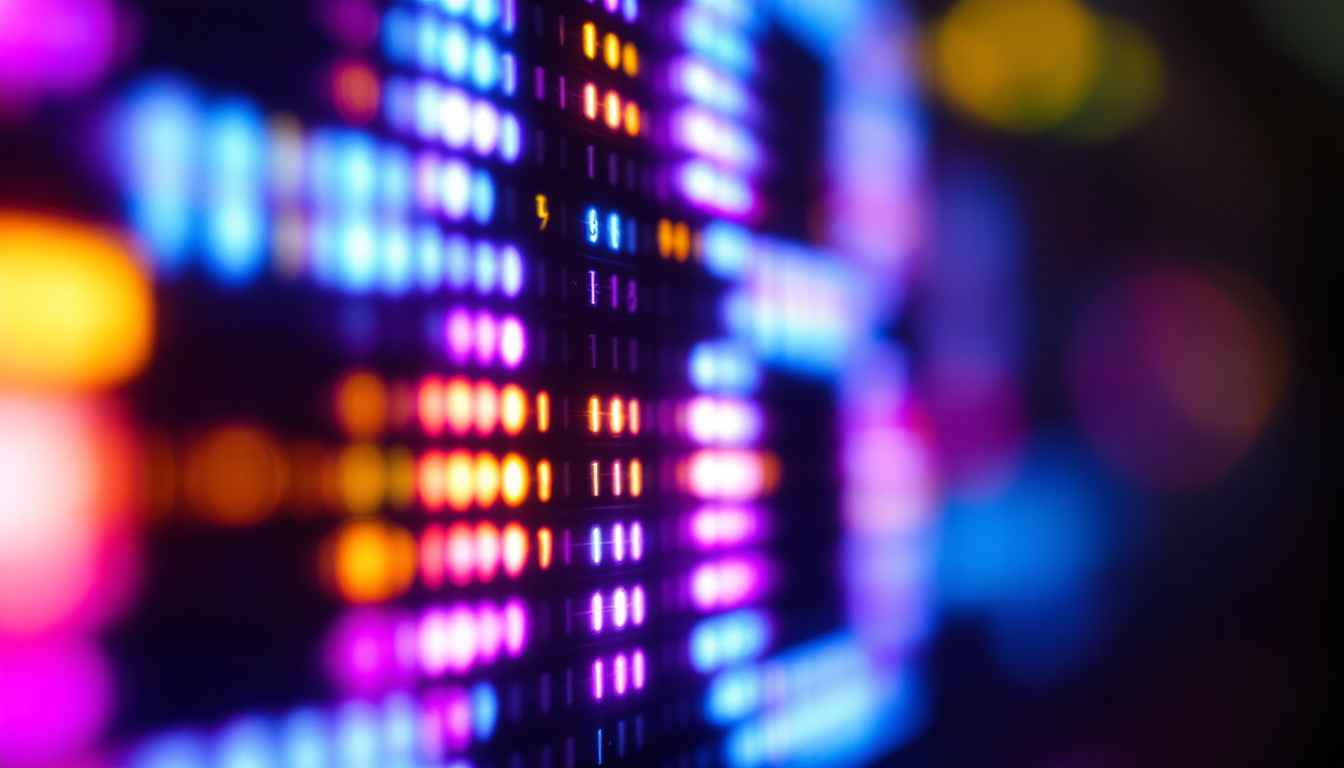In the age of digital technology, the term “pixel” has become ubiquitous, especially in discussions surrounding LED displays. Understanding what a pixel is and how it functions within an LED display system is essential for anyone interested in digital media, advertising, or technology. This article delves into the intricacies of pixels, their role in LED displays, and the various applications that leverage this technology.
The Basics of Pixels
A pixel, short for “picture element,” is the smallest unit of a digital image or display. Each pixel represents a single point in a graphic or image and is typically composed of three primary colors: red, green, and blue (RGB). When these colors are combined in varying intensities, they create the full spectrum of colors visible to the human eye.
Understanding Pixel Composition
In an LED display, pixels are arranged in a grid pattern, where each pixel can be individually controlled to emit light. The intensity of each color within a pixel can be adjusted, allowing for the creation of a wide array of colors and shades. This capability is what makes LED displays so vibrant and appealing.
Each pixel in an LED display is usually made up of multiple tiny LEDs. For instance, a single pixel may consist of three separate LEDs: one for red, one for green, and one for blue. By varying the brightness of these individual LEDs, the pixel can produce different colors. This method of color mixing is known as additive color mixing. The precision with which these colors can be mixed is crucial for applications requiring high fidelity, such as digital art and photography, where accurate color representation is essential.
Pixel Density and Resolution
Pixel density, often measured in pixels per inch (PPI) or dots per inch (DPI), refers to the number of pixels contained within a given area of the display. Higher pixel density results in sharper images and finer details. In contrast, a lower pixel density can lead to pixelation, where individual pixels become visible, resulting in a less clear image.
Resolution, on the other hand, refers to the total number of pixels displayed on the screen, typically represented as width x height (e.g., 1920×1080). Higher resolution displays can show more detail, making them ideal for applications such as video editing, gaming, and graphic design. Moreover, advancements in technology have led to ultra-high-definition displays, such as 4K and 8K, which offer even greater pixel counts and finer detail, enhancing the viewing experience for both casual users and professionals alike. As the demand for high-quality visual content continues to grow, understanding pixel density and resolution becomes increasingly important for consumers looking to invest in the best display technology available.
LED Displays: An Overview
LED displays have revolutionized the way visual information is presented. Unlike traditional displays that use liquid crystal displays (LCDs) or cathode ray tubes (CRTs), LED displays utilize light-emitting diodes to produce images. This technology offers several advantages, including improved brightness, energy efficiency, and a wider color gamut.
Types of LED Displays
There are several types of LED displays, each designed for specific applications. The most common types include:
- Direct View LED: These displays consist of individual LEDs arranged in a grid, allowing for high brightness and excellent color reproduction. They are commonly used for large outdoor screens and digital billboards.
- LED-backlit LCD: In this configuration, an LCD panel is illuminated by LEDs. This type of display is prevalent in televisions and computer monitors, offering improved contrast and color accuracy compared to traditional LCDs.
- Organic LED (OLED): OLED displays use organic compounds that emit light when an electric current is applied. They offer superior contrast ratios and color accuracy, making them popular for high-end televisions and smartphones.
Advantages of LED Displays
LED displays offer numerous benefits over traditional display technologies. Some of the most notable advantages include:
- Brightness: LED displays can achieve higher brightness levels than their LCD counterparts, making them suitable for outdoor use and environments with high ambient light.
- Energy Efficiency: LEDs consume less power than traditional display technologies, resulting in lower energy costs and a reduced environmental impact.
- Longevity: LED displays have a longer lifespan compared to other technologies, often lasting tens of thousands of hours with minimal degradation in performance.
The Role of Pixels in LED Displays
Pixels are the building blocks of LED displays, and their arrangement, size, and density significantly influence the overall performance and image quality. The way pixels are configured can determine how well an LED display performs in various applications.
Pixel Pitch
Pixel pitch refers to the distance between the centers of two adjacent pixels, typically measured in millimeters. A smaller pixel pitch results in a higher pixel density, which translates to better image quality and detail. For example, a display with a pixel pitch of 2mm will have a higher resolution and sharper images than one with a pixel pitch of 10mm.
Choosing the right pixel pitch is crucial for specific applications. For instance, indoor displays, which are viewed from a closer distance, require a smaller pixel pitch to ensure clarity. Conversely, outdoor displays can utilize a larger pixel pitch, as they are typically viewed from a greater distance.
Color Calibration and Management
Color calibration is essential for maintaining consistent color output across all pixels in an LED display. Variations in brightness and color can occur due to manufacturing tolerances or environmental factors. Advanced calibration techniques are employed to ensure that each pixel displays the correct color and intensity, resulting in a uniform image across the entire display.
Color management systems are also employed to adjust the color output based on the viewing environment. For instance, an LED display used in bright sunlight may require adjustments to maintain color accuracy and visibility.
Applications of LED Displays
LED displays have found applications across a wide range of industries, thanks to their versatility and superior performance. From advertising to entertainment, the use of LED technology continues to grow.
Advertising and Marketing
One of the most prominent uses of LED displays is in advertising and marketing. Digital billboards and signage leverage the vibrant colors and high brightness of LED technology to capture the attention of passersby. The ability to change content quickly and easily makes LED displays an attractive option for advertisers looking to promote their products and services.
Moreover, LED displays can be programmed to display dynamic content, such as animations or videos, further enhancing their appeal. This capability allows businesses to engage with their audience in innovative ways, driving higher levels of interaction and conversion.
Entertainment and Events
In the entertainment industry, LED displays are widely used for concerts, festivals, and sporting events. Large-scale LED screens provide audiences with an immersive experience, displaying live feeds, graphics, and visual effects that enhance performances.
Additionally, LED technology is utilized in theater productions and film sets, where flexible LED panels can create dynamic backdrops and lighting effects. The ability to control individual pixels allows for creative expression that was previously unattainable with traditional lighting and display technologies.
Transportation and Public Information
LED displays are increasingly used in transportation systems, such as airports, train stations, and bus terminals. These displays provide real-time information to travelers, including arrival and departure times, delays, and other important announcements.
Public information displays in urban areas also utilize LED technology to convey messages about safety, traffic conditions, and community events. The high visibility and adaptability of LED displays make them ideal for communicating with the public effectively.
The Future of LED Display Technology
The evolution of LED display technology shows no signs of slowing down. As advancements continue to emerge, the potential applications and capabilities of LED displays are expanding rapidly.
MicroLED Technology
One of the most exciting developments in the field is MicroLED technology. MicroLED displays consist of tiny individual LEDs that can be used to create high-resolution images without the need for a backlight. This technology promises to deliver even greater brightness, contrast, and color accuracy than current LED displays.
MicroLED displays are also highly scalable, allowing for the creation of large screens without compromising image quality. This versatility opens up new possibilities for applications in both consumer electronics and large-scale installations.
Flexible and Transparent Displays
Another area of innovation is the development of flexible and transparent LED displays. These displays can be bent and shaped to fit various surfaces, making them ideal for creative applications in architecture and design. Transparent displays can be integrated into windows or glass surfaces, allowing for information to be displayed without obstructing views.
The potential for these technologies is vast, with possibilities ranging from interactive advertising to innovative art installations. As manufacturers continue to explore new materials and designs, the future of LED displays looks promising.
Conclusion
Understanding pixels and their role in LED displays is essential for anyone interested in the world of digital technology. The combination of vibrant color reproduction, energy efficiency, and versatility makes LED displays a powerful tool across various industries.
As technology continues to advance, the capabilities of LED displays will only grow, paving the way for new applications and innovations. Whether in advertising, entertainment, or public information, the impact of LED displays will be felt for years to come.
In a world increasingly driven by visual communication, the importance of pixels and LED technology cannot be overstated. They are not just components of a display; they are the foundation of our digital experience.
Explore Cutting-Edge LED Display Solutions with LumenMatrix
Ready to experience the future of digital displays? LumenMatrix is at the forefront of LED display innovation, offering a wide range of solutions tailored to your needs. From captivating Indoor LED Walls to dynamic Outdoor LED Displays, and from versatile Vehicle LED Displays to sleek LED Poster Displays, our technology is designed to make your brand shine. Discover how our LED Sports Displays, interactive Floor LED Displays, and Custom LED solutions can transform your visual communication. With LumenMatrix, engage your audience like never before. Check out LumenMatrix LED Display Solutions today and elevate your digital experience.

